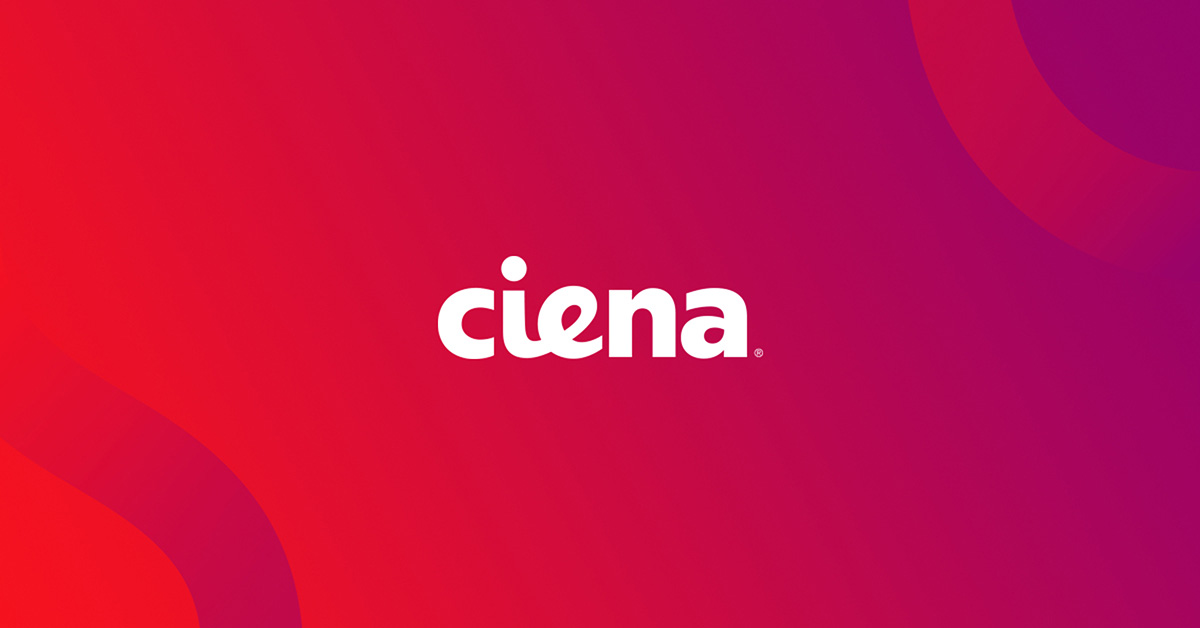Opening Up Networks To Choice, At Last
Creating choice is one of the fundamental drivers of innovation. Choice sparks debate, fosters competition and drives innovation. There’s always someone else in the market looking to offer us a choice from what is already here, and the decision people typically make is to go with the choice that makes life easier.
For example, consider the choices people make when it comes to their mobile device. In the beginning, the majority of us in business had only one choice to access work email and applications—Blackberry. Today, with devices like iPhones and Androids that utilize open APIs, we have more choices than ever. Furthermore, each person’s mobile device can be unique and personalized to their liking.
Yet much of the networking world is still bound by a lack of choice in the form of proprietary technology. The majority of today’s communications networks across the globe are made up of fully-integrated solutions that allow for very little latitude in deployment design. In a world that was previously incapable of being software-driven, fully-integrated solutions once upon a time made sense. There was no choice, and it was the easiest way.
In a world that was previously incapable of being software-driven, fully-integrated solutions once upon a time made sense. There was no choice, and it was the easiest way.
To break it down, a network would be made up of a series of devices, with the software baked into each device. Service providers would have the convenience of ordering a full solution, which was fine for many years because we didn’t have the capabilities to easily deploy software across an entire network. So, really, “choice” was never even an option in the early-to-recent days of networking.
The rise of software
To wit, Networks Function Virtualization (NFV) was merely a concept just three years ago. But in those three years, the networking world has seen a remarkable evolution, and choice has never been more available. Software is now king, and its first order of business is to open up the networks and break down the limitations of proprietary and box-centric software to give network operators the opportunity to make the network more flexible through programmability.
This rise of software is one reason why “white box” deployments in data centers are becoming increasingly popular. A white box, in effect, is simply a piece of blank hardware on which a network operator can install their software or program of choice. In a data center environment, the software they want can be deployed on any piece of white box hardware they want, when they want.
That white box way of thinking is now permeating the rest of the networking world. Take line systems (or optical links) as an example. As today’s deployments are usually made of fully-integrated solutions, network operators typically achieve diversity only by leveraging different vendors across different routes, in different geographies or by application type.
With open line systems, service providers can diversify by choosing one vendor for the line system and having multiple vendors compete for the channel adds as the network grows. And, as these networks increasingly open up and become more programmable, traditional systems suppliers will see the benefits of choice and seek to encourage more of it by becoming involved in and supporting open source communities. This will foster greater innovation in the software and services domains.
The key to open networking
What will ultimately make or break the era of open networking is not just choice itself but the "ease" of choice. Software Defined Networking (SDN) and orchestration are the keys to unlocking that potential. Need a WAN optimization solution? Head to the nearest Virtualized Network Functions (VNF) marketplace and provision the VNF of your choice. Need it now? Through SDN and orchestration, it should be as easy as “click, click…done.”
This does not mean the end of hardware—far from it. You’ll now see systems vendors concentrate on delivering solutions that can meet or exceed the performance characteristics required of the underlying applications. Whether the performance targets include demands for higher bit rates, more dense service aggregation, driving signals over longer distances or reducing latency, vendors will continue to innovate to ensure their solutions are open and programmable—albeit without the requirement of creating the software themselves.
With open line systems, service providers can diversify by choosing one vendor for the line system and having multiple vendors compete for the channel adds as the network grows.
We saw this in the smartphone world, where the development of programmable platforms created a new digital economy and culture. Innovation in that space enabled us to forego purchasing CD-ROMs and floppy disks and allowed us to instead easily download apps and convert our smartphones into virtual GPS navigators, virtual compasses, virtual music players, virtual wallets and more. Device vendors opened up their platforms with APIs for apps and let the startups do the rest while they concentrated on providing the best hardware on the market.
That new economy is set to hit the networking world.
The network space can hardly be called a dinosaur when it comes to innovation. We often forget that it’s the incredible increase in capacity brought on by ever-improving photonics that has allowed internet speeds to keep up demand and evolving behaviors. But it has been starved of choice, through necessity as much as anything.
Until now. Choice in networks is emerging, and everyone, from the consumer watching Netflix to the data center housing the video and everything in between, stands to benefit.






